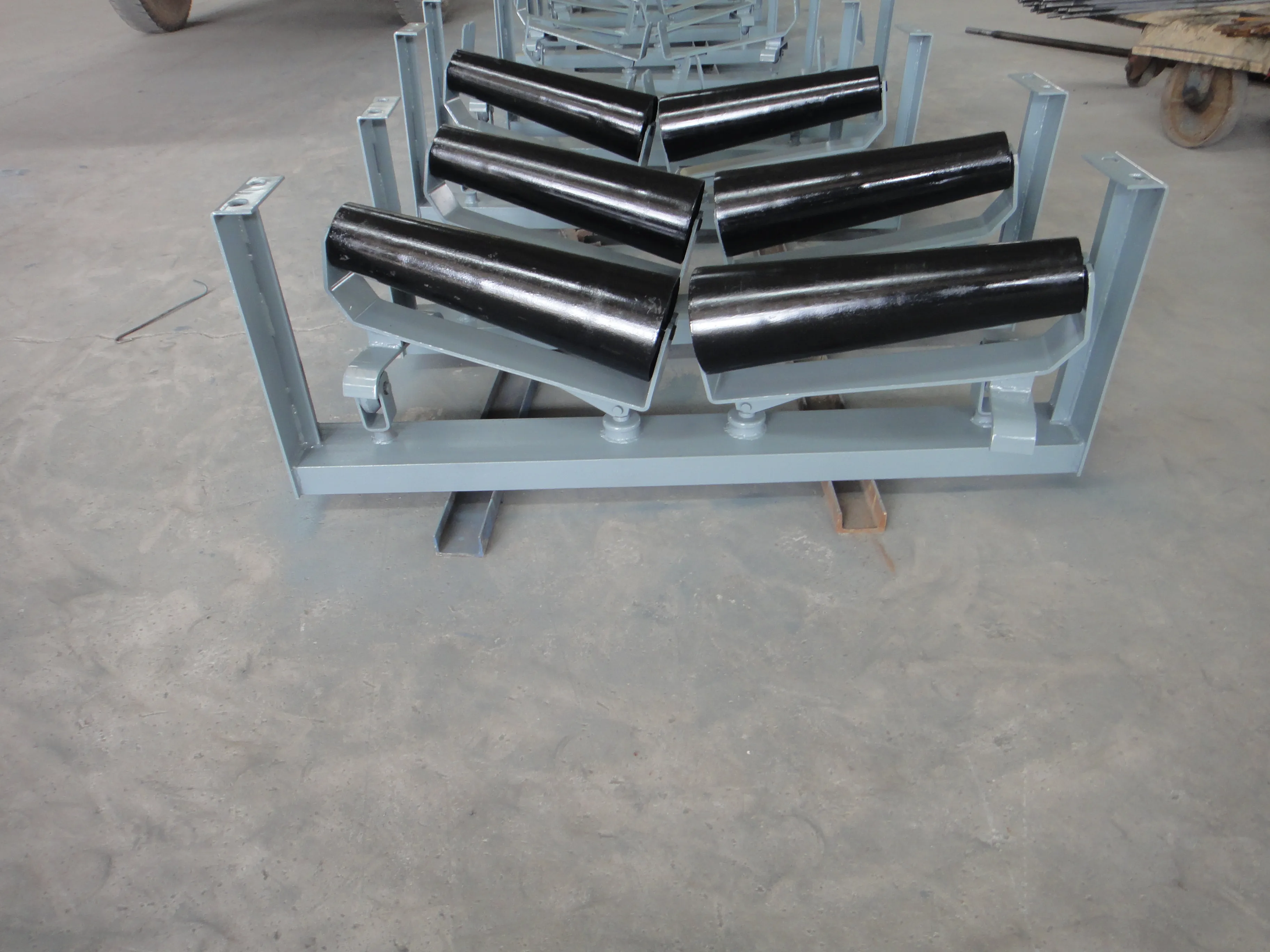 Afrikaans
Afrikaans  Albanian
Albanian  Amharic
Amharic  Arabic
Arabic  Armenian
Armenian  Azerbaijani
Azerbaijani  Basque
Basque  Belarusian
Belarusian  Bengali
Bengali  Bosnian
Bosnian  Bulgarian
Bulgarian  Catalan
Catalan  Cebuano
Cebuano  Corsican
Corsican  Croatian
Croatian  Czech
Czech  Danish
Danish  Dutch
Dutch  English
English  Esperanto
Esperanto  Estonian
Estonian  Finnish
Finnish  French
French  Frisian
Frisian  Galician
Galician  Georgian
Georgian  German
German  Greek
Greek  Gujarati
Gujarati  Haitian Creole
Haitian Creole  hausa
hausa  hawaiian
hawaiian  Hebrew
Hebrew  Hindi
Hindi  Miao
Miao  Hungarian
Hungarian  Icelandic
Icelandic  igbo
igbo  Indonesian
Indonesian  irish
irish  Italian
Italian  Japanese
Japanese  Javanese
Javanese  Kannada
Kannada  kazakh
kazakh  Khmer
Khmer  Rwandese
Rwandese  Korean
Korean  Kurdish
Kurdish  Kyrgyz
Kyrgyz  Lao
Lao  Latin
Latin  Latvian
Latvian  Lithuanian
Lithuanian  Luxembourgish
Luxembourgish  Macedonian
Macedonian  Malgashi
Malgashi  Malay
Malay  Malayalam
Malayalam  Maltese
Maltese  Maori
Maori  Marathi
Marathi  Mongolian
Mongolian  Myanmar
Myanmar  Nepali
Nepali  Norwegian
Norwegian  Norwegian
Norwegian  Occitan
Occitan  Pashto
Pashto  Persian
Persian  Polish
Polish  Portuguese
Portuguese  Punjabi
Punjabi  Romanian
Romanian  Russian
Russian  Samoan
Samoan  Scottish Gaelic
Scottish Gaelic  Serbian
Serbian  Sesotho
Sesotho  Shona
Shona  Sindhi
Sindhi  Sinhala
Sinhala  Slovak
Slovak  Slovenian
Slovenian  Somali
Somali  Spanish
Spanish  Sundanese
Sundanese  Swahili
Swahili  Swedish
Swedish  Tagalog
Tagalog  Tajik
Tajik  Tamil
Tamil  Tatar
Tatar  Telugu
Telugu  Thai
Thai  Turkish
Turkish  Turkmen
Turkmen  Ukrainian
Ukrainian  Urdu
Urdu  Uighur
Uighur  Uzbek
Uzbek  Vietnamese
Vietnamese  Welsh
Welsh  Bantu
Bantu  Yiddish
Yiddish  Yoruba
Yoruba  Zulu
Zulu drum pulley rubber lagging
Understanding Drum Pulley Rubber Lagging Importance and Applications
In various industrial sectors, especially in mining, construction, and material handling, the efficiency of conveyor systems is paramount. A critical component of these systems is the drum pulley. The drum pulley plays a pivotal role in driving conveyor belts, ensuring the smooth transport of materials. However, to enhance performance and durability, the integration of rubber lagging on drum pulleys has become increasingly common.
What is Rubber Lagging?
Rubber lagging refers to the application of rubber sheets to the surface of drum pulleys. This practice serves several purposes, most notably improving the grip between the drum and the conveyor belt. Rubber lagging is designed to reduce slippage, which is crucial in maintaining the effective transfer of motion from the pulley to the belt. The enhanced traction provided by rubber lagging minimizes wear and tear on both the rubber lagging and the conveyor belt itself, resulting in lower operational costs over time.
Benefits of Rubber Lagging
1. Enhanced Traction One of the primary benefits of rubber lagging is the significant improvement in traction between the drum pulley and the conveyor belt. This enhanced grip aids in the efficient movement of materials and reduces the likelihood of the belt slipping, particularly under heavy loads or in wet conditions.
2. Wear Resistance Rubber lagging can withstand harsh environmental conditions, including extreme temperatures, moisture, and abrasive materials. This characteristic extends the lifespan of both the pulley and the conveyor belt, leading to decreased downtime and maintenance costs.
drum pulley rubber lagging

3. Noise Reduction The installation of rubber lagging on drum pulleys can also contribute to noise reduction within industrial environments. The rubber acts as a cushion, absorbing vibrations that might otherwise lead to excessive noise during operation. This can create a more pleasant working environment for operators and reduce sound pollution in the surrounding area.
4. Impact Resistance Rubber lagging provides excellent impact resistance, especially in applications where heavy materials are being transported. This property protects the underlying metal surface of the drum pulley from damage caused by shock and impact, which can occur during the loading and unloading of material.
Applications of Rubber Lagging
Rubber lagging is widely used across various industries. In mining operations, where conveyor belts are often exposed to heavy loads and harsh conditions, the use of rubber lagging can significantly improve operational efficiency. Similarly, in construction sites where materials are moved frequently, rubber lagged pulleys provide the necessary grip and durability.
Additionally, industries dealing with food processing, pharmaceuticals, and other sensitive materials can benefit from rubber lagging due to its hygienic properties. Specialized rubber formulations can be designed to comply with industry regulations, ensuring safe and effective operations.
Conclusion
In conclusion, the integration of rubber lagging on drum pulleys is a critical enhancement that can lead to improved conveyor system performance, increased durability, and cost savings in various industrial applications. By providing enhanced traction, wear resistance, noise reduction, and impact resistance, rubber lagging plays a vital role in optimizing the efficiency of material handling operations. As industries continue to evolve, the importance of such innovations in maintaining productivity cannot be overstated. Investing in rubber lagged drum pulleys can be a wise decision for any operation looking to enhance its efficiency and longevity.
-
Revolutionizing Conveyor Reliability with Advanced Rubber Lagging PulleysNewsJul.22,2025
-
Powering Precision and Durability with Expert Manufacturers of Conveyor ComponentsNewsJul.22,2025
-
Optimizing Conveyor Systems with Advanced Conveyor AccessoriesNewsJul.22,2025
-
Maximize Conveyor Efficiency with Quality Conveyor Idler PulleysNewsJul.22,2025
-
Future-Proof Your Conveyor System with High-Performance Polyurethane RollerNewsJul.22,2025
-
Driving Efficiency Forward with Quality Idlers and RollersNewsJul.22,2025





























